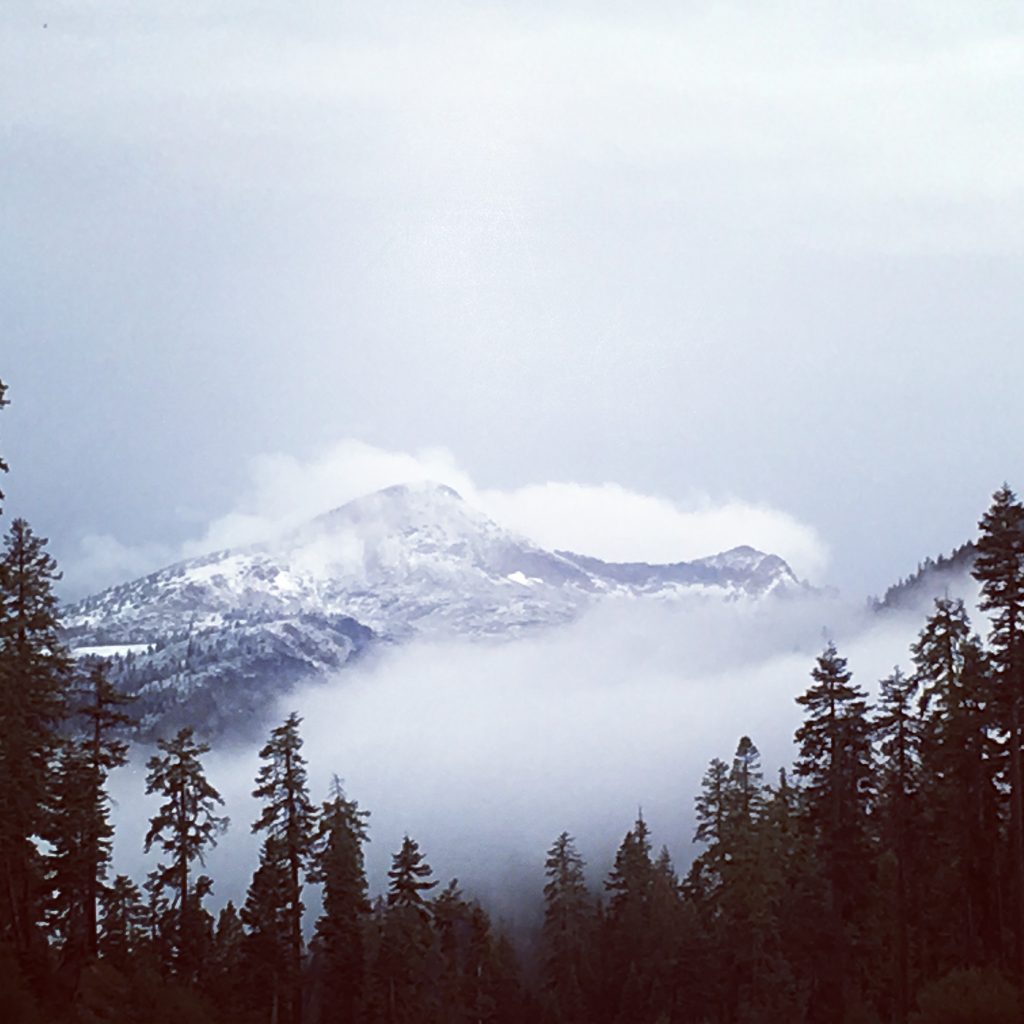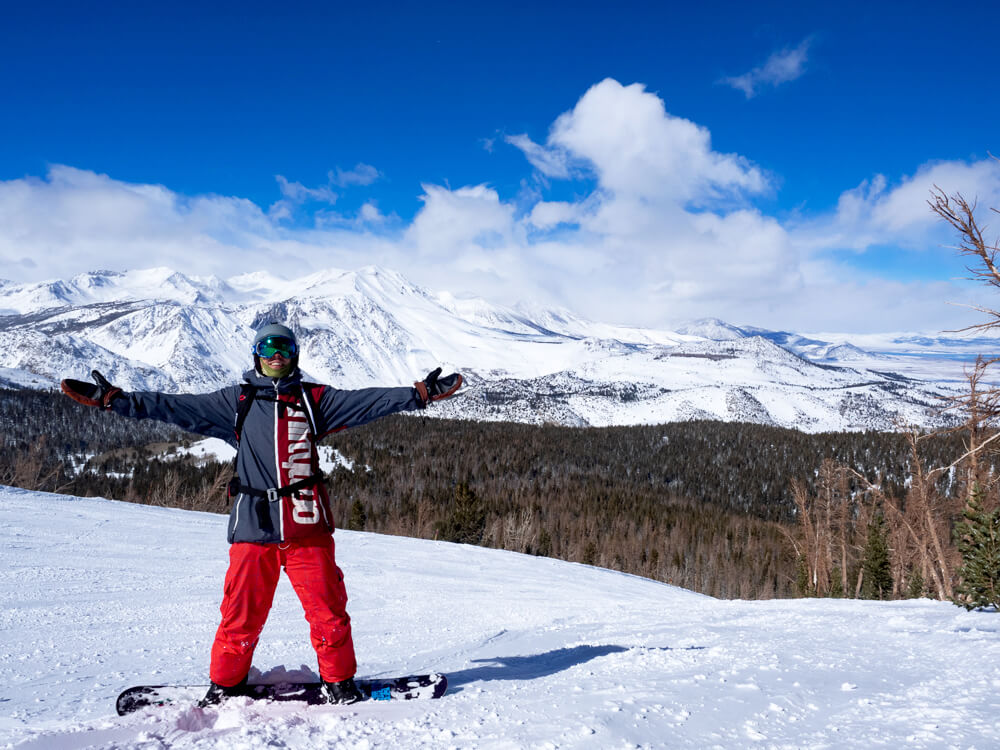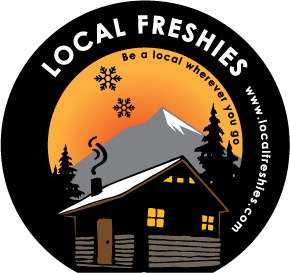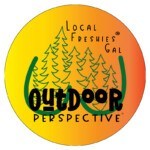It’s finally snowing all across the United States and Canada! From Colorado to Jackson Hole and even our home peaks surrounding Lake Tahoe, we are beginning to receive the white gold we all so badly want to ski & snowboard. For most of us, this is a ‘happy’ wake-up call that it’s time to get ourselves ready for the season.

Image taken by: Matt Palacio
In last week’s post, we talked about preparing mentally for the upcoming season by signing up for a local avalanche workshop refresher. To find one near you, check out our post here. The next step though, is to get your body ready for the season. Sure, skiing has many health benefits once you’re on the slopes but to strap on a pair of skis or a snowboard without preparation could lead to injury, shortening your season – which no one wants.
So, what should I do to make sure I am ready?
Compared to other athletic activities where you can physically do the sport to get stronger and healthier, you need to build and execute a training plan in the off-season to prepare for winter sports. To make sure you are physically ready, there are three major areas to include in your training regimen.
Strength

Skiing & snowboarding is all about the legs so make sure you focus your efforts there and choose exercises that concentrate on your lower body muscle groups. In addition, your core controls your balance and is a critical element to your ski & snowboarding health. Target these muscles that ultimately support your joints as this will reduce the possibility of an injury. Make sure your routine includes the following muscle groups:
- Quadriceps
- Hamstrings
- Gluteal Muscle Group
- Core / Abdominal / Back & Paraspinal
Cardiovascular
Living at sea-level and traveling up to 7,000 feet or higher can translate to major fatigue. If you feel you already have to work hard and exert a lot of energy at sea level doing activities, it’s going to be exponentially harder at high altitudes. This can lead to lightheadedness and possibly making a terrible mistake once you are schussing down the slopes at 40 mph. Promise you’ll include Cardio routines (even if you hate Cardio) into your overall plan to help lessen the impact of the altitude and make sure you enjoy your time high atop the mountain peaks! All the sweat and suffering will be worth it.
Flexibility
You may not require a ton of flexibility during the act of skiing or snowboarding, but, if you were to take a spill, having additional flexibility will help prevent injury. Also by focusing on the same muscles that we called out for strengthening, flexibility from stretching and exercise will definitely help increase your style points (a.k.a. ‘steez’) when pulling a method or mute grab.
3 Tips to see results
In addition to incorporating these three areas in your routine, our good friend Brad Paula from Well Being Fitness gave us a few additional tips to consider when planning your regimen.
- Set SMART goals. Specific/Measurable/Attainable/Relevant/Time-bound
- Diet and Exercise must be addressed in tandem regardless of your fitness goals; we can not out-work a bad diet.
- Don’t “hope” that you will be stronger and/or more fit. PLAN to be!
Snowboarding Exercises To Focus On
Here’s a few guiding tips on what to specifically focus on in snow sports. The knees, shoulders and back are the most injury prone areas. By proactively targeting these areas, risks can be minimized. Here are the primary areas that Brad says you should focus on for the upcoming season:
- Core stability (internal blocking)/balance
- Legs/glutes explosive plyometrics (edge/pressure/rotary control)
- Back/shoulders stability (internal/external blocking)
Hopefully everyone is training up for the big winter…but if not, we may wave to you on the sidelines as we go by – and that will be no fun. Train up and be ready!








